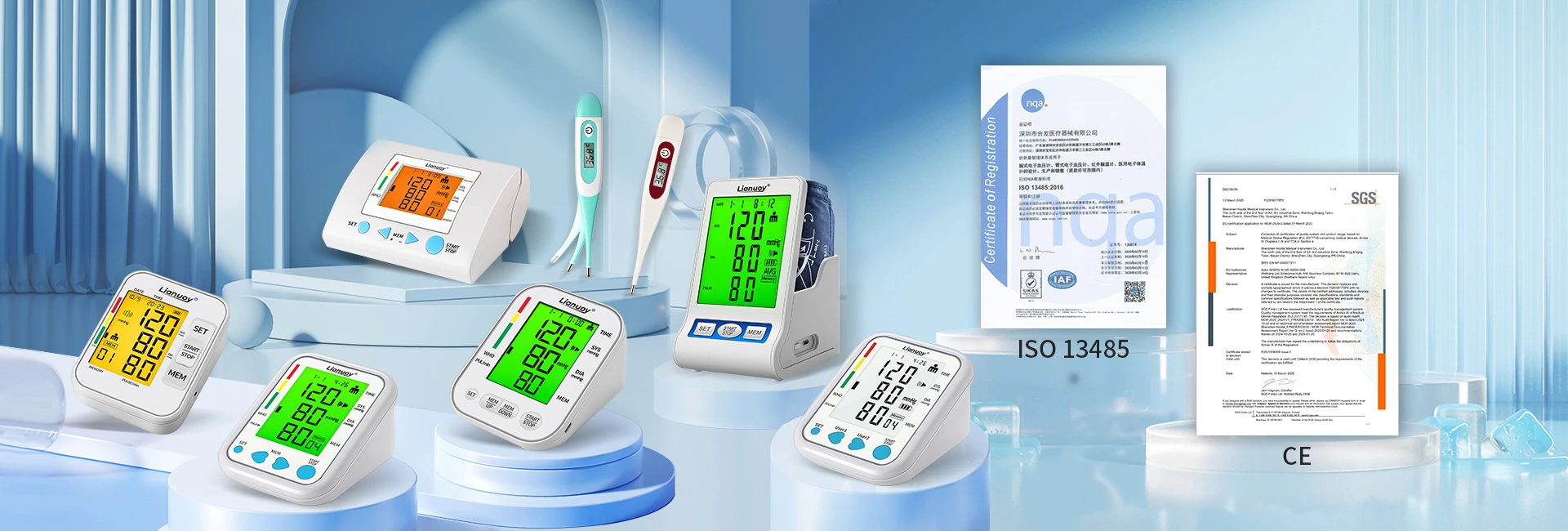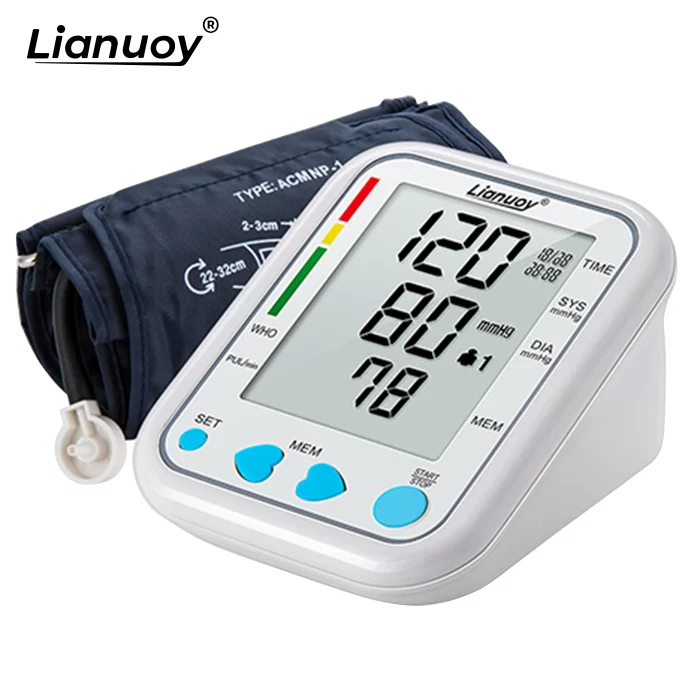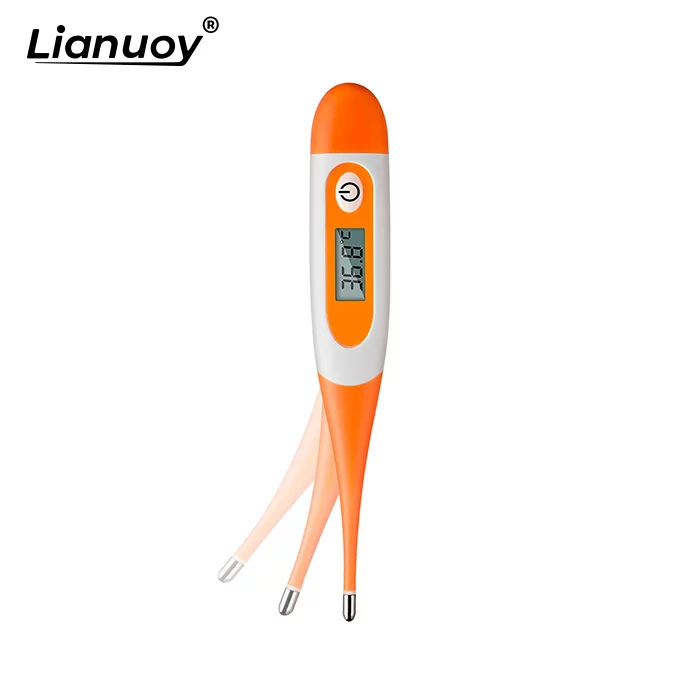How to Read and Understand Blood Pressure Measurements
Monitoring your blood pressure is an important step in maintaining healthy blood pressure. Whether you use a home blood pressure monitor or have it taken at a clinic, understanding your blood pressure readings is key to managing your health.
1. What do the readings on a blood pressure monitor mean?
The reading on a bp machine consists of two main values, measured in millimeters of mercury (mmHg):
- Systolic pressure (SYS):Measures the pressure in the arteries during heartbeats.
- Diastolic pressure (DIA):Measures the pressure in the arteries during diastole, between heartbeats.
For example, if your blood pressure reading is 114/72 mmHg, it means your systolic pressure is 114 mmHg and your diastolic pressure is 72 mmHg.

2. Understanding Blood Pressure Categories
According to the World Health Organization (WHO), blood pressure levels are generally classified into the following categories: green indicates the normal range, yellow indicates moderate to high blood pressure, and red indicates high blood pressure. If your blood pressure readings are consistently higher than normal, consult your doctor.
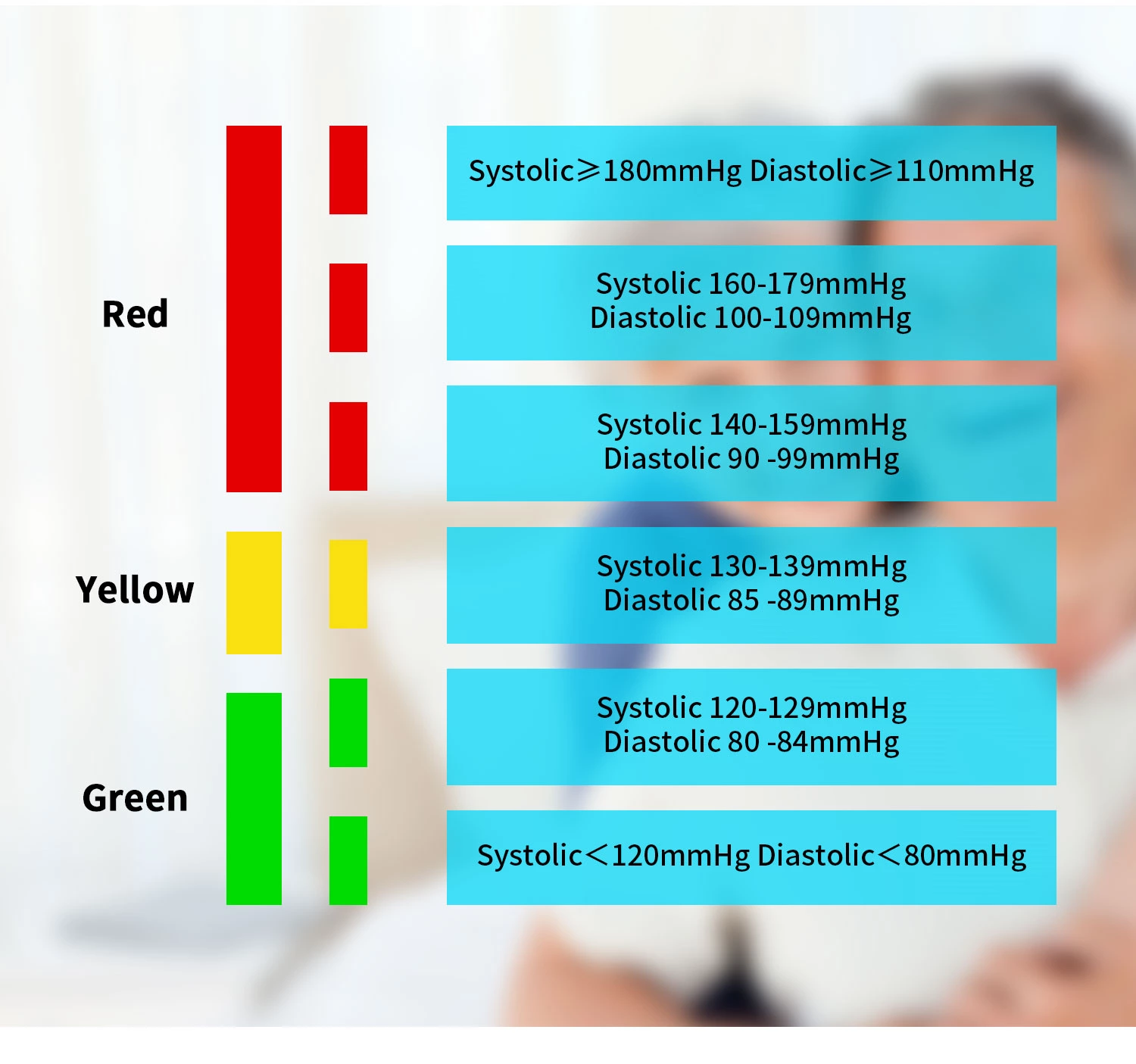
3. How to Correctly Use an Electronic Sphygmomanometer to Measure Blood Pressure
To get accurate results, follow these simple steps:
- Sit in a chair with your legs uncrossed and feet flat on the floor.
- Sit with your back and arm supported.
- The arm cuff should be placed on your arm at the same level as your heart, with your arm resting comfortably on a table.
Measure your blood pressure at the same time every day and record your readings to track changes over time.
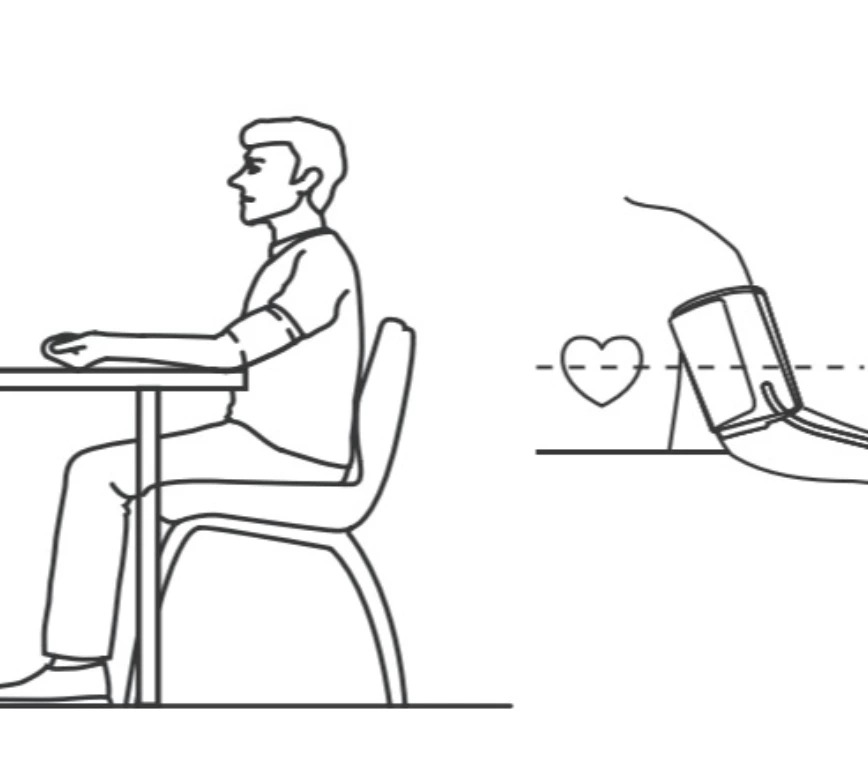
4. Why Tracking Blood Pressure Is Important
Regularly monitoring your blood pressure with a digital tensiometers helps you and your doctor understand your body's response to lifestyle changes or medications. Persistently high blood pressure readings may indicate high blood pressure, which increases the risk of heart disease, stroke, and kidney disease.

5. Maintaining Healthy Blood Pressure
Some simple habits can help you control your blood pressure:
For example, eat a balanced diet rich in fruits, vegetables, and whole grains; or reduce your salt intake. However, it is recommended to stay physically active, manage stress, and get enough sleep. Reduce alcohol consumption and smoking.

Understanding how to read and interpret your blood pressure values helps you take control of your health. Regular checkups, developing healthy lifestyle habits, and taking action are crucial for preventing serious health problems.




